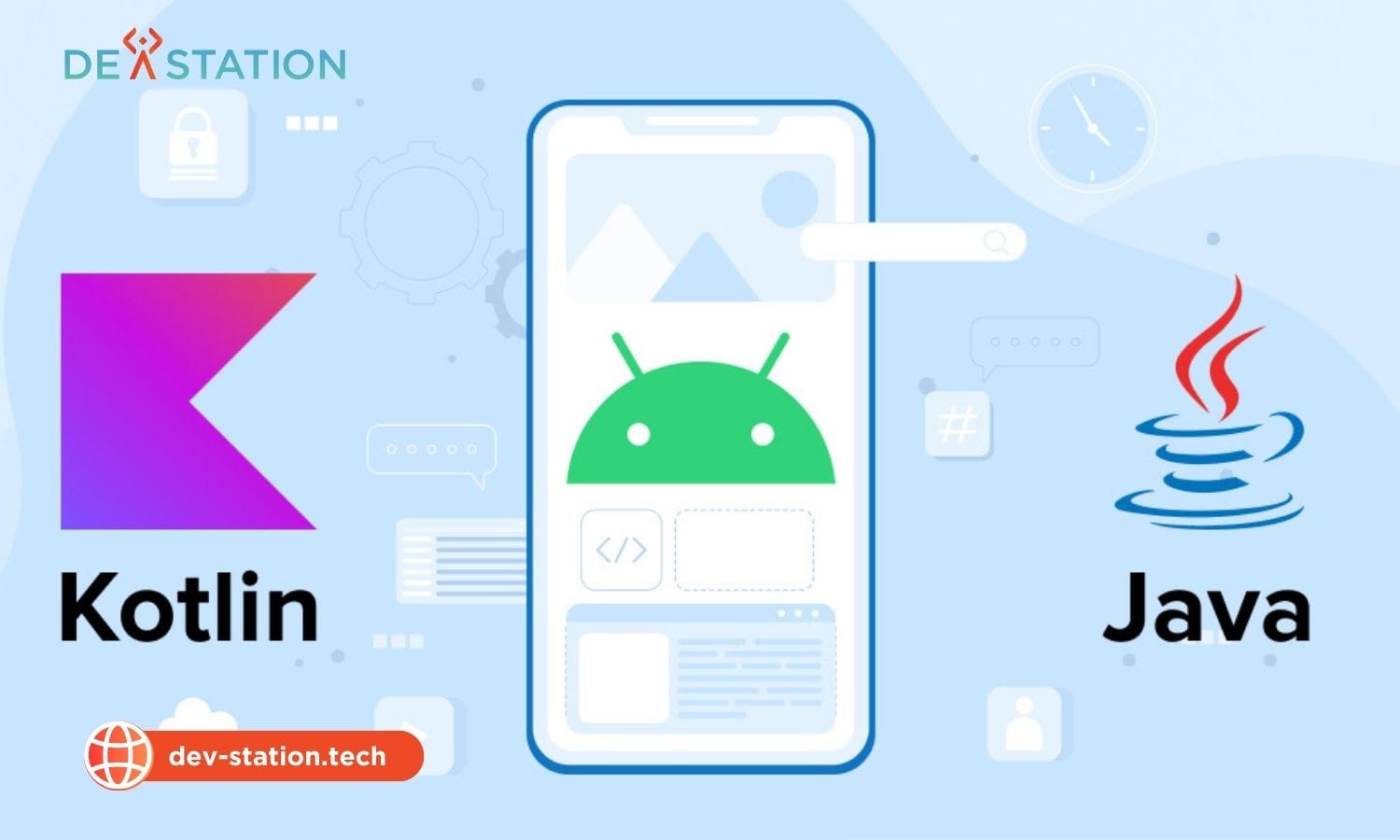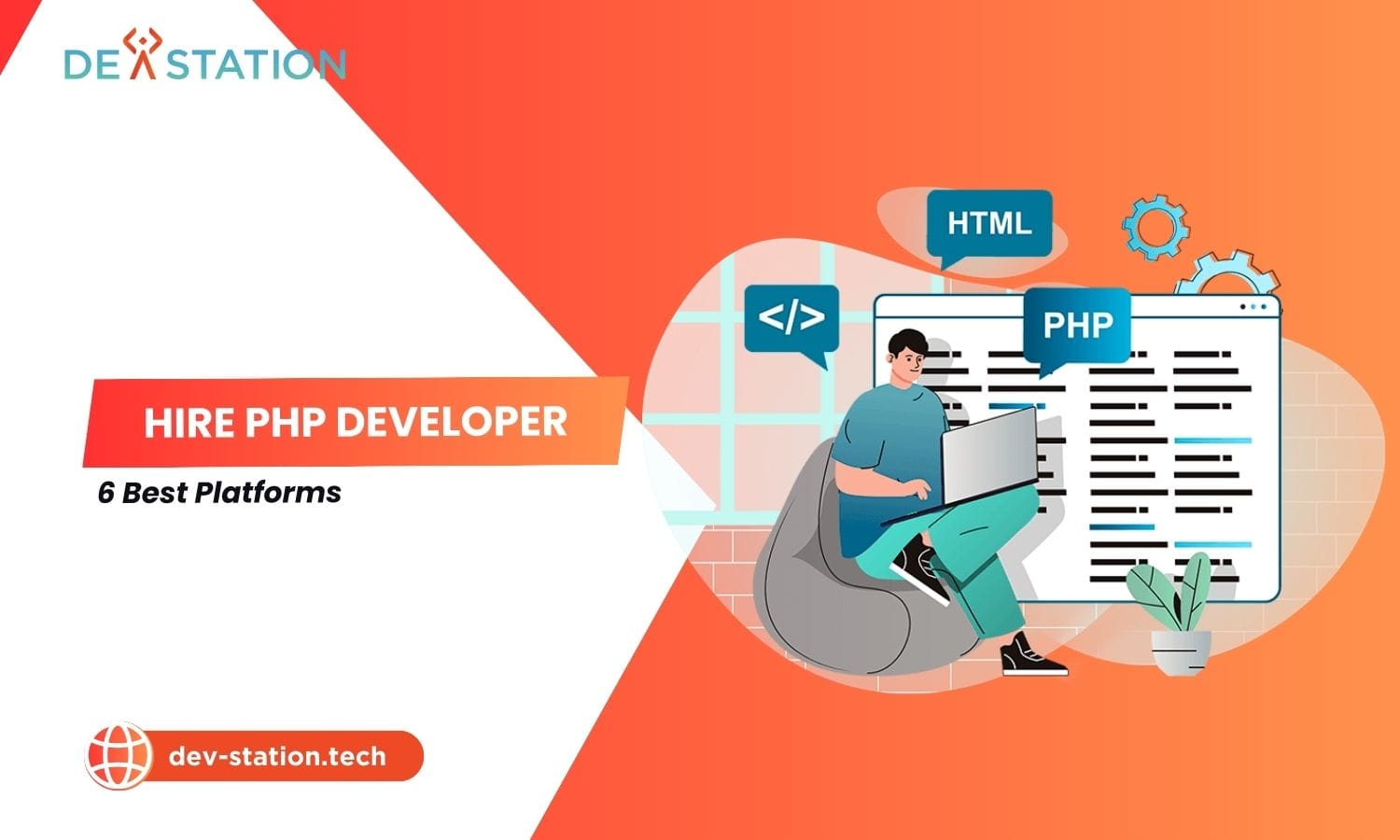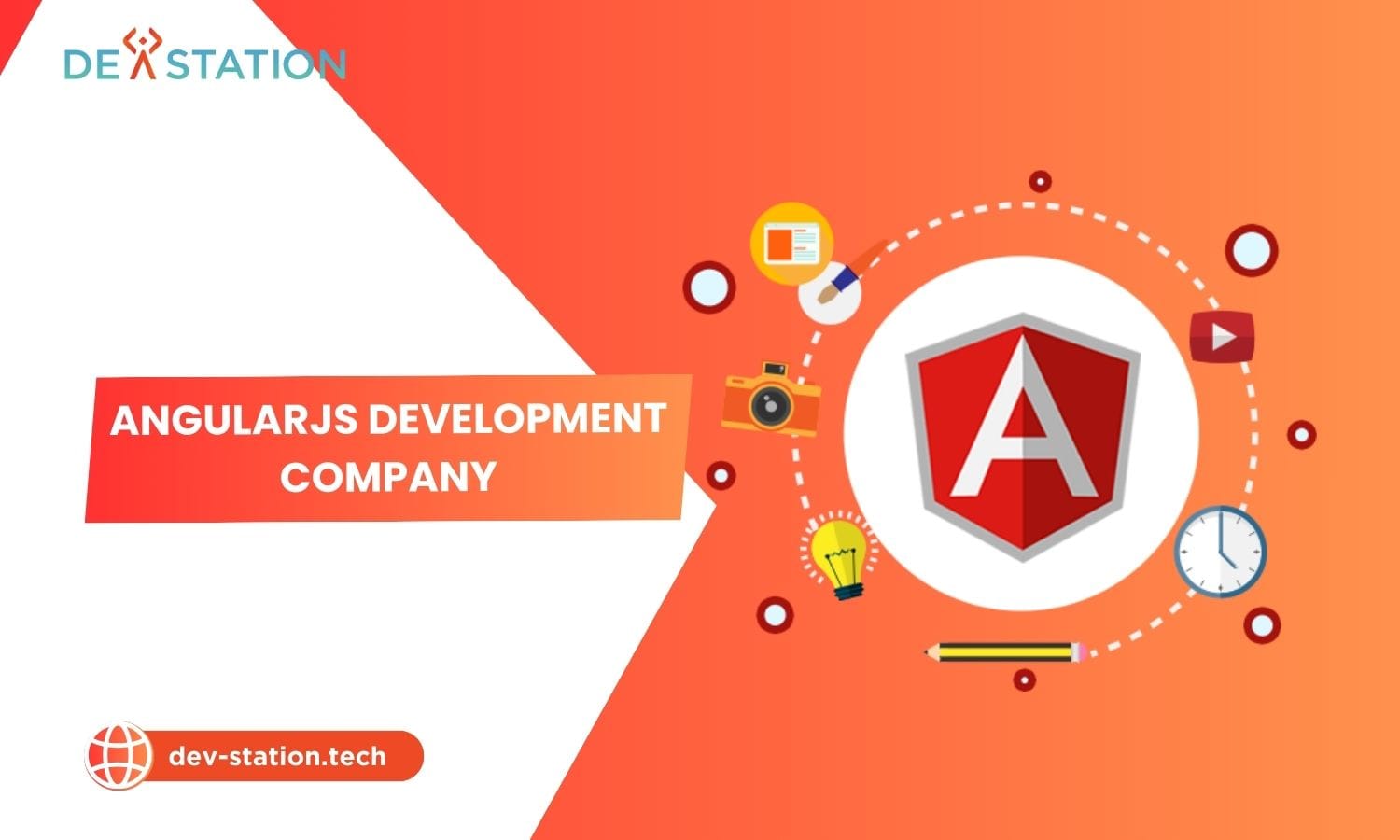The Internet of Things (IoT) is changing big industries fast. It brings smart systems to places like hospitals and factories. These systems help keep patients safe and machines running smoothly.
Recent studies show IoT use has grown a lot. In manufacturing and healthcare, it’s up 21% and 18% since 2021, respectively.
But, there are big challenges in using these new technologies. Technical complexity is a big one. So is keeping data safe and fitting new systems with old ones.
Choosing the right IoT outsourcing services is key to success. It helps overcome these hurdles.
The demand for IoT development outsourcing is rising. Now, over 65% of big projects use outside experts. This shows the need for specialized skills and the benefits of partnerships.
Looking for the perfect partner means checking their tech skills, experience, and security. The right team can turn problems into chances to stand out in today’s connected world.
Contents
ToggleWhy Partner Choice Matters: Stress avoiding delays/breaches, aligning with goals, enabling scalability/innovation
Choosing the right IoT outsourcing partner is crucial. It affects your project’s timeline, security, and return on investment. Knowing what’s at stake is key to making a good choice.
Bad partner choices often lead to project delays. IoT projects with the wrong partners can be delayed by 68% on average. This means you miss out on benefits and fall behind competitors.
Security is another big concern. A partner without strong security can put your whole business at risk. In 2022, IoT security breaches cost companies an average of $4.35 million. In 47% of cases, poor partner security was to blame.
Finding a partner that aligns with your business goals is important. The best partners understand your industry and challenges. They help ensure your technology serves your business needs.
A healthcare provider learned this the hard way. They chose a general tech firm over a healthcare expert. Their solution failed to meet HIPAA standards, costing double the original price. On the other hand, a manufacturing firm chose the right partner and cut costs by 23% in six months.
Scalability is often overlooked. As your IoT grows, your partner needs to scale with you. Good IoT outsourcing partners design solutions that grow with your business without needing to start over.
Innovation is another key factor. The IoT world changes fast, with new tech emerging all the time. Partners who invest in research and development bring these new technologies to you, keeping you ahead.
Choosing the right partner also affects long-term costs. A partner focused only on the start may create maintenance headaches. The best partners design solutions that last, making updates easy and efficient.
| Impact Area | Poor Partner Selection | Strategic Partner Selection | Business Outcome |
|---|---|---|---|
| Project Timeline | 68% average timeline extension | On-time or early delivery (85% of cases) | Faster time to market and ROI realization |
| Security Posture | 47% higher breach probability | Comprehensive security by design | Protected data and reduced compliance risk |
| Scalability | Architectural limitations requiring rebuilds | Future-proof architecture supporting 5x growth | Lower long-term implementation costs |
| Innovation | Static solutions that quickly become outdated | Continuous integration of emerging technologies | Sustained competitive advantage |
The right partner also helps mitigate risks. They’ve faced and solved problems you’re likely to encounter. This saves you from learning the hard way.
Choosing the right partner gives you a big competitive edge. While others struggle, you can focus on growing your business with technology.
Your IoT partner is like an extension of your team. The right choice can lead to success, while the wrong one can hold you back.
Key Factors: Guide on Expertise, Industry Experience, and Track Record
Finding the right IoT development partner is key. You need to look at their technical skills, industry know-how, and past work. This careful approach helps build strong, lasting partnerships that bring real value to your business.
Technical Expertise Evaluation
When you hire an IoT development team, their technical skills are crucial. The IoT world is vast, with many platforms, protocols, and technologies. You need a team that knows these well.
Look for partners with certifications in big IoT platforms like AWS IoT Core and Azure IoT Hub. These show they meet high standards. Also, ask about their experience with IoT protocols like MQTT, CoAP, and HTTP for device communication.
Check their skills in areas like:
- Edge computing
- Data analytics and processing
- Managing devices at scale
- Working with your existing systems
- Firmware development and updates
Industry-Specific Experience
IoT projects vary by industry, each with its own needs and challenges. A partner familiar with your sector can help a lot. They can speed up your project and avoid common problems.
In healthcare, they should know about HIPAA, patient data security, and medical device integration. For manufacturing, they need to know about industrial protocols, predictive maintenance, and production optimization.
Smart city projects require knowledge of public infrastructure, privacy, and municipal rules. Ask for examples of their work in your industry to see if they really get it.
Assessing Track Record and Reliability
Past performance is a good guide for future work. When looking at potential IoT partners, use a detailed evaluation:
- Check case studies for full project execution
- Get references from similar projects in your field
- Look at their portfolio for projects like yours
- Check if they finish projects on time
- See how well they support projects after they’re done
Client feedback gives insight into a partner’s reliability, communication, and problem-solving. Look beyond marketing by checking independent reviews and forums.
Security Protocols and Compliance
Secure IoT outsourcing is a must. IoT systems face unique security risks because of their spread and limited resources.
Evaluate partners on their security steps, including:
- Encryption for data in transit and at rest
- Device authentication and authorization
- Regular security checks and penetration tests
- Following industry standards (ISO 27001, NIST)
- Secure software development practices
Ask about their security incident response and how they handle vulnerabilities. Their answers show how serious they are about security.
Development Methodology and Process Maturity
The way your partner works affects project clarity, flexibility, and quality. Agile methods are often good for IoT because they’re flexible and handle changing needs well.
Ask about their process maturity in areas like:
- Quality assurance and testing automation
- Documentation and knowledge sharing
- Project management tools and progress visibility
- Handling changes
- Code review and managing technical debt
Communication Framework
Good communication is key with an outsourced IoT team. Check how they communicate, including regular updates, how they handle issues, and their tools.
Time zones matter for quick work. Partners should work when you do to help with urgent tasks. Language and culture also matter to avoid misunderstandings.
Pricing Models and Total Cost Consideration
Understanding how your IoT team is paid helps avoid surprises. There are different pricing models like time and materials, fixed price, or dedicated teams. Each fits different needs and budgets.
Look at the total cost, not just hourly rates. Low rates might hide quality or efficiency issues that raise costs. Consider all costs, like rework, knowledge sharing, and maintenance.
Evaluation Framework
To evaluate IoT partners well, use a scoring system that matches your business needs. The table below is a starting point you can adjust:
| Evaluation Factor | Assessment Criteria | Weight (%) | Questions to Ask | Verification Method |
|---|---|---|---|---|
| Technical Expertise | Platform certifications, protocol knowledge, architecture capabilities | 25 | What IoT platforms are you certified in? How do you handle device management at scale? | Certification verification, technical interviews, code samples |
| Industry Experience | Domain knowledge, regulatory compliance, similar projects | 20 | What challenges have you encountered in our industry? How did you solve them? | Case studies, client references, domain-specific questions |
| Security Practices | Security protocols, compliance standards, incident response | 20 | How do you implement secure authentication? What’s your vulnerability management process? | Security audits, compliance certifications, architecture review |
| Process Maturity | Development methodology, quality assurance, documentation | 15 | How do you ensure code quality? What’s your approach to technical debt? | Process documentation, tool demonstration, team interviews |
| Communication | Responsiveness, reporting, language proficiency | 10 | What’s your escalation process? How do you handle requirement changes? | Communication sample, client testimonials, trial interactions |
| Cost Structure | Pricing model, transparency, value alignment | 10 | What factors could cause cost variations? How do you handle scope changes? | Detailed quotes, contract review, hidden cost analysis |
This structured way to check potential IoT partners ensures you look at all important factors. By carefully evaluating technical skills, industry experience, and how they work, you find partners who help your IoT project succeed.
Remember, secure IoT outsourcing needs constant attention. Make sure your contracts have clear security rules and do regular security checks.
Common Mistakes
Choosing a reliable IoT outsourcing partner can be tricky. Even experienced businesses can make mistakes. These mistakes can affect project success, timelines, and budgets.
The biggest mistake is ignoring security. IoT devices handle sensitive data. Companies must check if their partners have strong security measures in place.
A survey found 67% of IoT projects had security breaches. These breaches can harm your brand and lead to fines.
“In IoT deployments, security must be built in, not bolted on. The partner you choose should demonstrate security-by-design principles across their entire development lifecycle.”
Another mistake is only looking at cost. While cost is important, it shouldn’t be the only factor. Choosing the cheapest option can lead to:
- Lower quality solutions
- Technical debt
- Higher maintenance costs
- Longer timelines
Successful IoT projects balance cost and quality. Companies that focus only on cost often end up spending more.
Poor communication is another common issue. Without clear expectations and communication, projects can fail. This can lead to misunderstandings, missed deadlines, and unsatisfactory solutions.
Good IoT partnerships need clear communication. This includes regular updates and a plan for when things go wrong. Without this, even skilled partners can fail to meet expectations.
Many overlook scalability needs. IoT projects often start small but grow. Partners without scalability can’t handle increased demands.
Before choosing a partner, check if they can handle growth. Look for:
- Experience scaling IoT solutions
- Flexible architecture
- Ability to support growth
- Performance testing for high volumes
Ignoring cultural fit is also a mistake. Technical skills are important, but so is how well you work together. Cultural differences can slow progress, especially in tough times.
Companies often overlook intellectual property protection. Without clear agreements, you could lose control of your assets.
Make sure IP clauses protect your interests. This way, you and your partner can work together without future problems.
The last mistake is not checking technical skills. Don’t just take a partner’s word for it. Verify their skills through:
- Reviewing code samples
- Talking to technical team members
- Seeing demonstrations
- Checking certifications
Watch for red flags when choosing a partner. Look for:
- Reluctance to discuss security
- Prices that seem too good to be true
- Vague communication plans
- Lack of relevant experience
By avoiding these mistakes, you can find a reliable IoT partner. This partner will help you achieve secure, scalable, and successful projects.
Dev Station’s Edge
In the world of IoT development outsourcing, Dev Station Technology stands out. It offers certified expertise, industry-specific solutions, and a clear development process. While many offer IoT services, Dev Station’s depth and understanding set it apart.
Dev Station’s team is key to its success. They have a strict certification program for AWS IoT, Azure IoT, and edge computing. This means they can implement solutions quickly and efficiently for clients.
The team includes experts in:
- AWS IoT Core and AWS IoT Greengrass for cloud-to-edge deployments
- Microsoft Azure IoT Hub and Azure Digital Twins
- Edge computing frameworks for distributed processing
- Industrial IoT protocols including MQTT, OPC-UA, and Modbus
Dev Station also has deep industry knowledge. In healthcare, they’ve created remote patient monitoring systems. These systems have cut hospital readmissions by 32% for a major US healthcare provider. They work well with existing health records and follow HIPAA rules.
In manufacturing, Dev Station has made predictive maintenance solutions. These solutions have cut downtime by 47% for a precision engineering firm. They analyze equipment to predict failures, saving millions.
Smart city projects are another area where Dev Station shines. They’ve worked on a traffic optimization project. It reduced congestion by 28% in a big city, using sensors and edge computing.
| Industry | Solution Type | Measurable Outcome | Implementation Time |
|---|---|---|---|
| Healthcare | Remote Patient Monitoring | 32% Reduction in Readmissions | 4 Months |
| Manufacturing | Predictive Maintenance | 47% Decrease in Downtime | 3 Months |
| Smart City | Traffic Optimization | 28% Congestion Reduction | 6 Months |
Security is a big part of Dev Station’s work. They use a strong security framework for IoT. This includes device checks, encrypted data, and secure updates. All solutions meet international and industry standards.
Dev Station works in a clear and open way. They use an agile method with two-week sprints and regular checks. This keeps projects on track and adapts to changes.
Our partnership with Dev Station changed how we maintain equipment. Their IoT solution gave us new insights, and their team was very responsive.
Dev Station has a clear communication plan. They have project managers, weekly updates, and shared tools for tracking progress. This makes sure everyone is on the same page.
Dev Station also focuses on innovation. They have a lab for testing new technologies. This way, clients get the latest solutions without the risks.
Their solutions are designed to grow. This means systems can expand without needing a complete overhaul. Clients can test ideas before investing big.
Dev Station also offers great support after projects are done. They have different support levels, including 24/7 monitoring and updates. This keeps systems working well as needs change.
For businesses in the US, UK, and AU looking for reliable IoT development outsourcing, Dev Station is a top choice. They offer technical skill, industry knowledge, and a solid approach that makes IoT a powerful tool for business.
Steps to Start Your IoT Outsourcing Journey
Starting a partnership with an IoT development team needs careful planning. You must go through several steps from identifying your needs to launching a successful IoT implementation. This guide will help you set up a good outsourcing relationship.
Define Your Business Goals and Technical Requirements
Before looking for partners, know what you want to achieve with IoT technology. Start by writing down your specific business goals that IoT should help solve.
Ask yourself: Do you want to improve how things work? Make customers happier? Create new ways to make money? Your answers will guide the technical needs and success measures for your project.
Document these elements in detail:
- Specific business problems to solve
- Technical capabilities required
- Integration needs with existing systems
- Security requirements and compliance standards
- Scalability expectations
Clear documentation is your guide in choosing a partner. It shows if they can meet your needs.
Evaluate Potential IoT Partners
When ready to hire IoT development team members, evaluate potential partners well. Look beyond what they say to see what they can do.
Ask for detailed case studies that match your industry or needs. These show how they solve problems like yours and their problem-solving skills.
“The right IoT partner doesn’t just implement technology—they understand your business objectives and translate them into technical solutions that deliver measurable value.”
Check references from current and past clients. Talking to them can give you insights into the partner’s strengths and weaknesses not seen in formal presentations.
Check if the team fits your culture. Technical skills are important, but so is how they communicate and work.
| Evaluation Criteria | What to Look For | Red Flags | Assessment Method |
|---|---|---|---|
| Technical Expertise | Certified professionals in relevant platforms (AWS IoT, Azure IoT) | Vague descriptions of capabilities without specifics | Technical interviews, certification verification |
| Industry Experience | Completed projects in your sector with measurable outcomes | No relevant case studies or references | Case study review, client references |
| Security Practices | Documented security protocols and compliance certifications | Inability to explain security approach in detail | Security assessment questionnaire, compliance verification |
| Communication | Clear communication channels, responsive team | Delayed responses during evaluation phase | Response time tracking, communication testing |
Establish Communication Frameworks and Timelines
After picking a partner, set up strong communication channels and reporting systems. Decide who talks to whom, how often, and through what platforms.
Create a detailed project timeline with clear goals and what needs to be done. This timeline should include:
- Discovery and planning phases
- Development sprints or phases
- Testing periods
- Implementation stages
- Post-launch support
Agree on reporting mechanisms that show progress, challenges, and how resources are used. Regular updates keep everyone on the same page and spot issues early.
Launch a Pilot Project
Start with a pilot project before a full-scale launch. This lets you test the partnership and the partner’s skills with low risk.
Choose a small use case that adds value but doesn’t disrupt main operations. The pilot should be big enough to test skills but small enough to manage risk.
Set clear goals for the pilot. What needs to happen for the partnership to work well? Write these down before starting to ensure fair evaluation.
Negotiate Contracts and Protect Intellectual Property
Make a detailed contract that protects both sides. When securing IoT outsourcing relationships, focus on intellectual property rights, data ownership, and confidentiality.
Create a detailed statement of work (SOW) that clearly outlines what needs to be done, when, and how it will be done. The SOW should be clear to avoid misunderstandings and disputes.
Address these critical contract elements:
- Intellectual property ownership
- Data security and privacy requirements
- Service level agreements (SLAs)
- Change management procedures
- Exit strategy and knowledge transfer
Manage Change and Knowledge Transfer
Get your organization ready for the changes IoT will bring. Identify who will be affected and plan to address their concerns and get their support.
Start knowledge transfer early. Make sure your team learns throughout the project, not just rely on the partner.
Document all processes, code, and configurations well. This documentation is key for ongoing maintenance and future improvements.
By following these steps, you can create a strong IoT outsourcing relationship. This partnership will help you achieve your business goals while keeping risks low. Choosing and onboarding the right IoT development partner is key to a successful digital transformation.
Conclusion
Finding the right IoT partner is key to success. This guide has shown you what to look for and how it can help your business grow. Choosing the right partner is more than just a decision. It’s a step towards a better future for your company.
Choosing an IoT partner is a big deal. It’s not just about getting the job done. It’s about finding someone who understands your business and can help you grow. They should offer more than just technical skills. They should also provide insights, security, and solutions that fit your needs.





